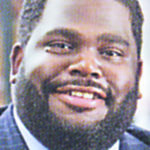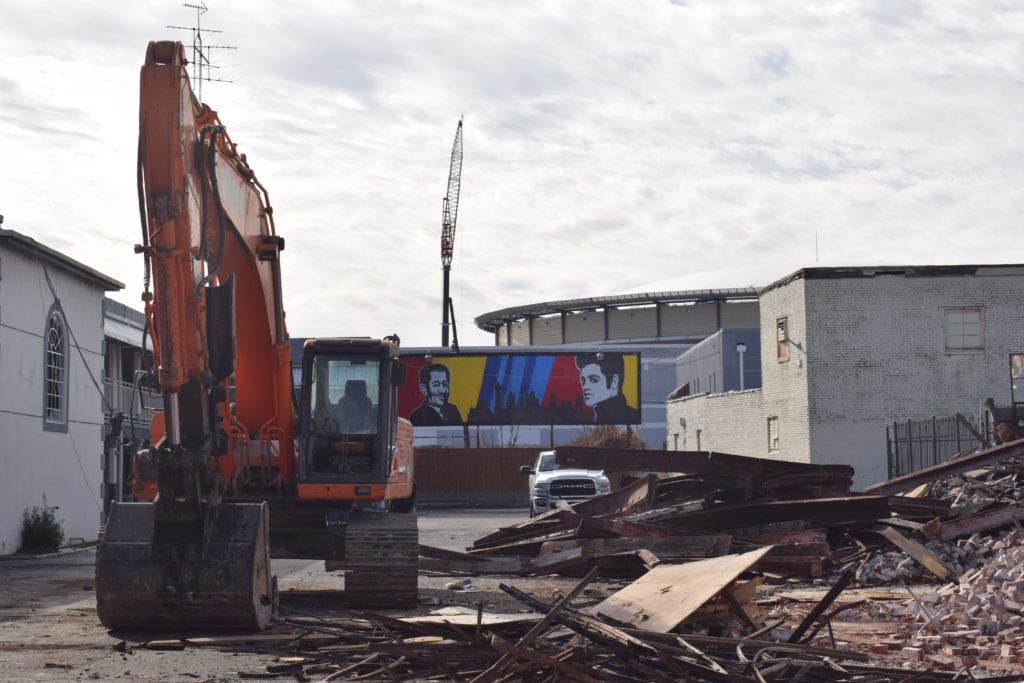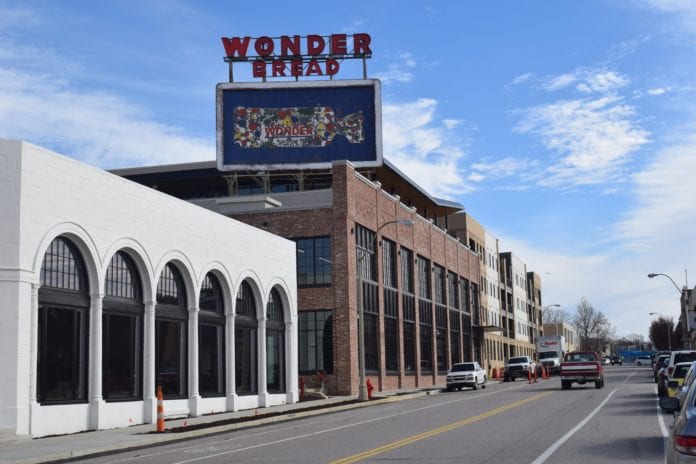A development boom projected to draw more business, tourists and residents is unfolding in Downtown Memphis. At the same time, Memphis and it’s 60 percent African American population still carries America’s second highest poverty rate at 27.8 percent.
As an expected $5 billion is spent for Downtown renewal, the biggest unsettled concerns for many are how that development will impact local citizens and how to maximize economic benefits for the city’s disadvantaged residents.
So what is being done? What more can be done?
New jobs and MWBE contracts
In any major city, downtown revitalization spurs entrepreneurial and workforce opportunities.
“A major benefit is the creation of new jobs,” said Jennifer Oswalt, Downtown Memphis Commission President/CEO.
The challenge is reaching citizens lacking information and resources.

“Trickle-down strategies don’t always materialize,” said Darrell Cobbins, president of Universal Commercial, a commercial real estate firm, and president of 100 Black Men of Memphis.
“To ultimately benefit low-income citizens, we need focus and inclusion, and to consistently ask questions at project planning,” he added. “The trickle-down approach isn’t realistic.”
To prepare for thousands of incoming jobs, the Greater Memphis Chamber created UpSkill901, a free service to prepare 10,000 residents over the next three years through job placement, technical training (using the TECH 901 program), and counseling to help remove barriers to employment. (See details at www.upskill901.com.)
State Representative G. A. Hardaway said companies receiving incentives should hire a significant number of locals, including the underemployed – highly skilled citizens with low-skill, part-time or low-paying jobs.

“If a company promises 1,000 jobs, but those numbers don’t impact people here directly, then these things should be discussed in the planning phase and approved by experts from the University of Memphis or the University of Tennessee,” Hardaway said. “We can’t simply take the word of the company, a financial board or government officials. We need better assurance.”
For incentivized companies, the City of Memphis has minimum minority hiring and Minority and Women-Owned Business Enterprise (MWBE) contracting requirements.
For example, two billion-dollar projects – Union Row and the Pinch District proposal – individually seek 25 to 28 percent MWBE contracts. Black-owned B&W Excavation won a $1 million contract for Union Row demolition – more MWBE contracts will follow, which also produce jobs.
Tools for community improvement
Urban renewal requires a mix of financial incentives (or tools) for local and non-local investors in exchange for job creation and tax revenue
Tools include cash, low-interest loans, property deals, Tax Increment Financing (TIF) to fund projects through tax subsidies, payment in lieu of taxes (PILOTs), bonds and tax breaks for state designated Tourism Development Zones (TDZ) and Opportunity Zones (OZ).
The EDGE Board (Economic Development Growth Engine) extends incentives for Memphis and Shelby County; the DMC offers incentives for the central business district. Proposals are then sent to local and state legislators for approval.
Cobbins says investment in disadvantaged communities happens slowly given perceived risks. Yet, residents firmly expect investment incentives.
“Orange Mound, Klondike-Smokey City and Whitehaven [communities] have tax-paying citizens with clear expectations,” Cobbins said. “They want the tools available to downtown available to their neighborhoods also.
“The DMC has several tools to incentivize projects, like cash, tax breaks and façade grants. This can be done in other areas, too, if tools are in place to hold taxes flat five or ten years,” Cobbins added. “That makes deals look a lot better and may incentivize investment.”
Declining neighborhoods get help
In recent years, more tools to improve local black communities have emerged, influenced in part by downtown renewal efforts.
Uptown TIF: In January 2020, the TIF boundaries (which cover Uptown, Pinch District, Mud Island and parts of the Medical District in Downtown Memphis) will extend to include New Chicago, Klondike-Smokey City and Bickford in North Memphis. Proceeds will finance infrastructure and home improvements.
Orange Mound: This once thriving community east of Midtown is now under the Fairgrounds TDZ approved in 2018. Proceeds will repurpose the old Melrose High School, build a regional sports complex and improve Lamar-Airways Shopping Center and residential blocks.
Binghampton TIF: Approved in 2017, this TIF zone expects a return of $26 million over 30-years for community and infrastructure upgrades. Binghampton, northeast of Midtown, houses 15,000 residents.
Whitehaven: Sections of Whitehaven (where famous Graceland mansion sits) are included in 2016’s Graceland TDZ. The zone promises a $1 billion lifetime economic impact, 500 new jobs over five years and $50 million in tax revenue.
The big picture going forward
District 7 City Councilwoman-Elect Michalyn Easter-Thomas, representing downtown and North Memphis, supports stronger corporate vetting and “equitable opportunities for underserved communities” when incentives are negotiated.
Community Lyft, a non-profit working to revitalize divested Memphis neighborhoods, established the CDC Capacity Fund, a grant for community development corporations to increase capacity.
“Downtown redevelopment can benefit everyone,” says Eric Robertson, Community Lyft president, “if you bring new strategies to the table that reach divested neighborhoods.”
In a Dec. 7 broadcast of NewsChannel 3’s Informed Sources, city leaders discussed downtown growth and two proposed grocery stores for the area – a supermarket and boutique grocer at Union Row.
“This has been an issue for residents a long time,” says Shelby County Commissioner Mickell Lowery, referring to a lack of downtown grocers.
Lowery, who represents and resides downtown, said the stores will serve surrounding communities like South City, a new affordable housing development in south downtown, as well as pockets of food deserts (areas lacking proper food sources).
The supermarket will be “an anchor in the community,” said Memphis City Councilman Frank Colvett. “You need the big box store just for the sheer [growing] number of folks.”
Pastor and activist Kenneth Whalum Jr. described Union Row and proposed grocery stores as a “beautiful development.” But he’s tired of waiting for opportunities to ‘trickle down’ to Memphis’ black residents.
“I’d rather see the benefits, right now, on the front end, go to black owned contractors, black owned vendors, black owned engineers, black owned suppliers … black owned everything,” Whalum said.
“With Memphis being majority black – and the poorest portions of our city being black – it can only benefit us, really, if it benefits everybody from the top down.
“I hope my colleagues will make sure that ‘black owned’ is a big, big phrase,” Whalum said. “Not ‘minority-owned,’ but ‘black-owned’ – as we move forward.”
(In upcoming reports, The New Tri-State Defender will examine ways downtown revitalization might impact public transportation.)



